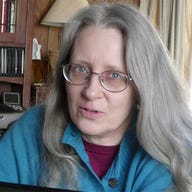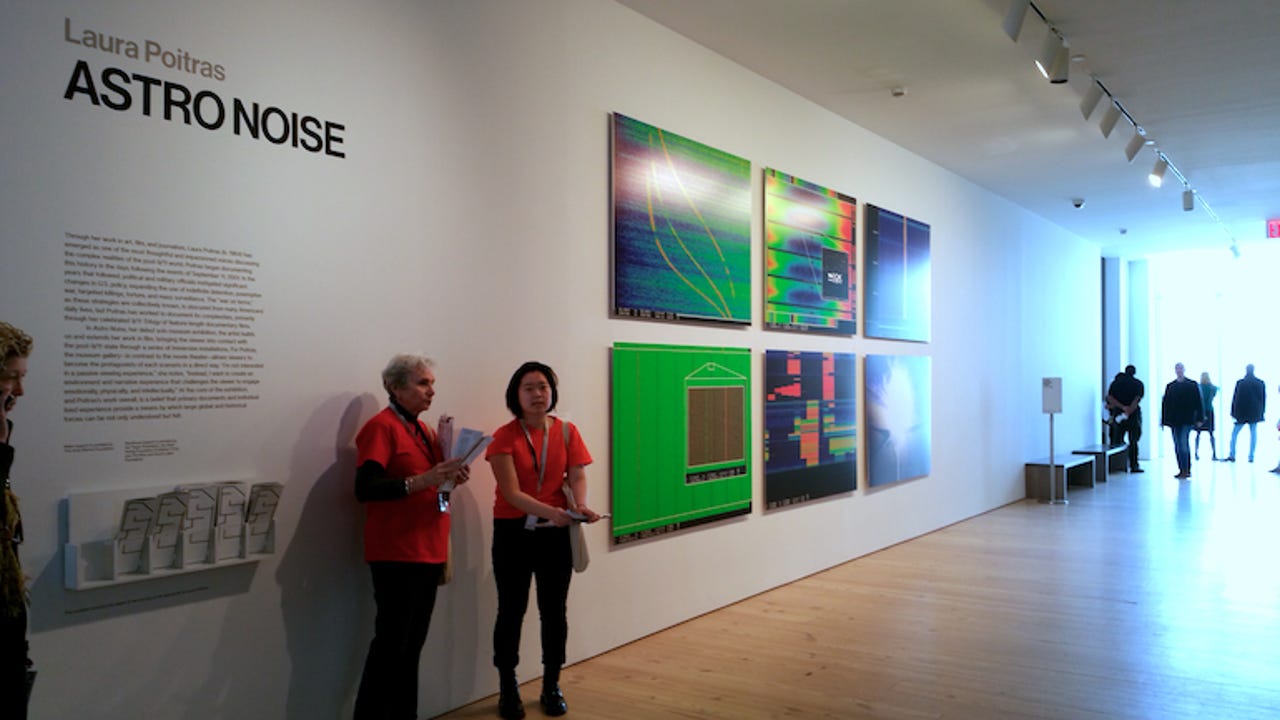Astro Noise, exhibition review: A film-maker's response to the surveillance state


Astro Noise • By Laura Poitras • Whitney Museum, New York • 5 February - 1 May 2016
After the World Trade Center and Pentagon attacks on September 11 2001, the US had many choices. Worldwide shock, sadness, and goodwill were on the nation's side. In the exhibition Astro Noise (the name is taken from the signals that come from the far edge of the universe), which is on display at New York's Whitney Museum until May, the Pulitzer, Academy, and MacArthur award-winning film-maker Laura Poitras shows the way the US chose to go: detention, torture, and surveillance.
The comparison is made plain by the video installation "O'Say Can You See", a double-sided projection screen. On one side is contemplative footage of the faces of people looking at Ground Zero in the days after 9/11; on the other is military interrogation of suspects.
The Snowden connection
Poitras is best known as the journalist and documentary film-maker whom Edward Snowden contacted when he wanted to release the cache of classified documents he'd obtained for worldwide scrutiny. She is best known for CitizenFour, which follows Snowden as he is introduced to Glenn Greenwald, and their discussions -- along with others from The Guardian -- about how best to make the documents public. As the film progresses, all become increasingly (and reasonably) worried about being watched: by the end, Snowden and Greenwald write on shielded pieces of paper and pass them back and forth rather than speak or use any medium that could be intercepted.
What Poitras, whose work in this area includes two earlier documentaries, didn't know at the time was that she herself was already the target of a US Federal investigation. In 2004, while she was filming in Baghdad, an attack sent the family she was visiting up to their roof to find out what was happening. She filmed them for 8 minutes and 16 seconds, during which time she was spotted on the rooftop. Thereafter, every time she crossed the US border she was detained for questioning until finally last year she sued the government to find out why. The resulting installation, "November 20, 2004", includes an audio clip in which Poitras explains what happened in a neutral voice alongside the 8:16 minutes of footage she shot on that roof. The government, she notes, never asked to see it.
The documents Poitras obtained via FOIA request for that case form "Disposition Matrix" (the name is copied from the intelligence agency database of suspects), and are peeked at through small window slits. Along with them is video footage from Abu Ghraib, former Guantanamo prisoners recounting their torture, and -- taken over a period of years -- the massive NSA data center in Utah.
A thermal imaging camera's view of visitors to the "Bed Down Location" Astro Noise exhibit.
"Bed Down Location" provides a raised viewing area on which visitors lie back and view the night skies of Yemen, Somalia, and Pakistan, where drone wars are conducted. This part of the exhibit makes a second appearance at the exit, where a live-action heat map shows the outlines of the people watching as they come and go, with their imprints remaining even after they get up and leave. Next to it is a sniffer display, "Last Seen", that lists the mobile devices passing by, their MAC addresses, and the names of the wireless networks they're trying to connect to.
Poitras told the New York Times that she hopes the use of visual art may cut through the accruing numbness and disturb us all over again. For this American, the overriding reaction to Astro Noise was sadness: this isn't the country we're supposed to be living in.
Read more